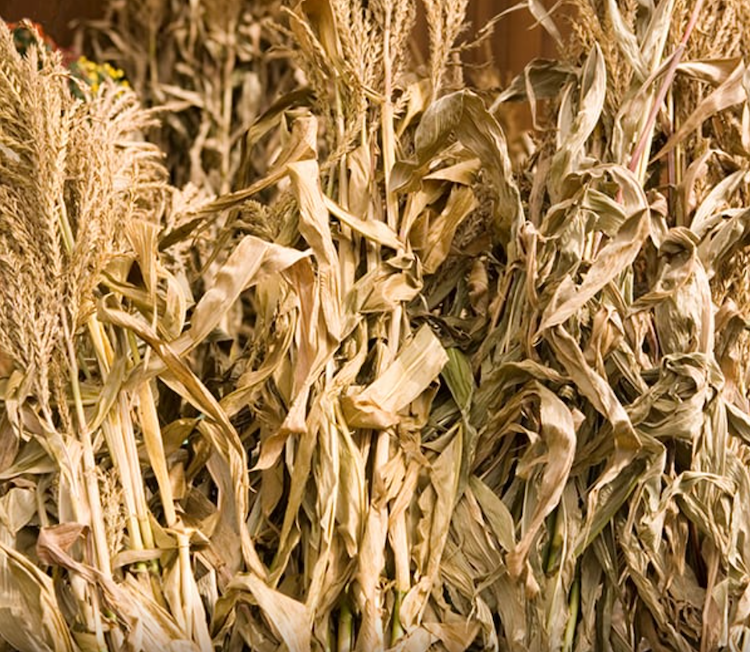
Abstract:
Biochar production through slow pyrolysis is a versatile and adaptable approach for managing diverse biomass waste. However, their industrial applications remain limited because of their high energy consumption and the emission of toxic gases. Solar-biomass pyrolysis systems have been proposed to address these challenges. This review examines the relationship between output configuration and the adaptability of slow and solar-biomass pyrolysis systems for biochar production. Studies have revealed that the average heat energy required for thermal conversion of biomass to biochar ranges from 1.94 to 2.67 kJ/kg K can be achieved through both conventional and solar pyrolysis routes. Solar pyrolysis demonstrates maximum power and flux density of 1.5 kW and 12,000 kW/m2, respectively, aligning with the power and temperature range of conventional slow pyrolysis. Moreover, solar pyrolysis emits approximately 58.89% less CO2 as compared to the conventional electrical heating-based pyrolysis. Despite these advantages, the market implementation of solar-biomass pyrolysis systems is limited, necessitating the resolution of various barriers for commercial applications. The current review concludes by providing future recommendations, emphasizing the development of an eco-friendly solar-biomass pyrolysis system for large-scale biochar production.
Javaid, S.F., Dai, M., Wu, Y. et al. Production of Biochar by Slow and Solar-Biomass Pyrolysis: Focus on the Output Configuration Assessment, Adaptability, and Barriers to Market Penetration. Arab J Sci Eng (2024). https://doi.org/10.1007/s13369-023-08549-3














































